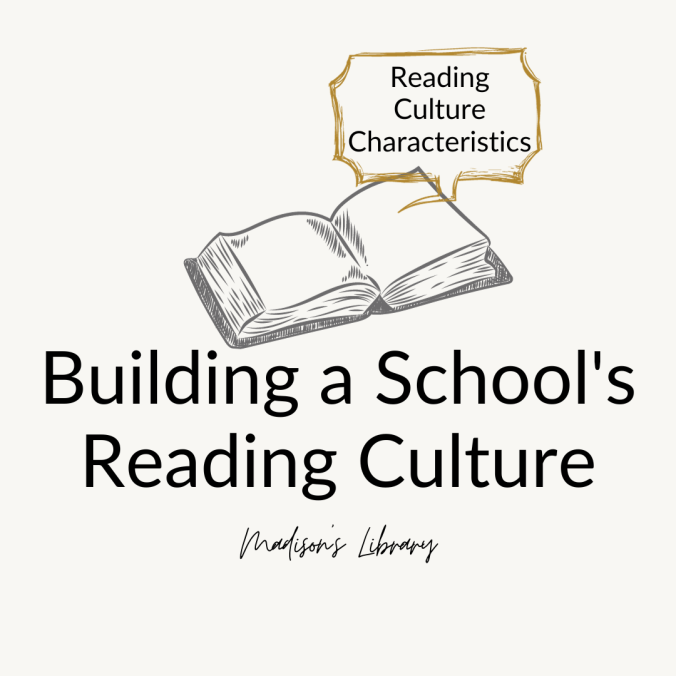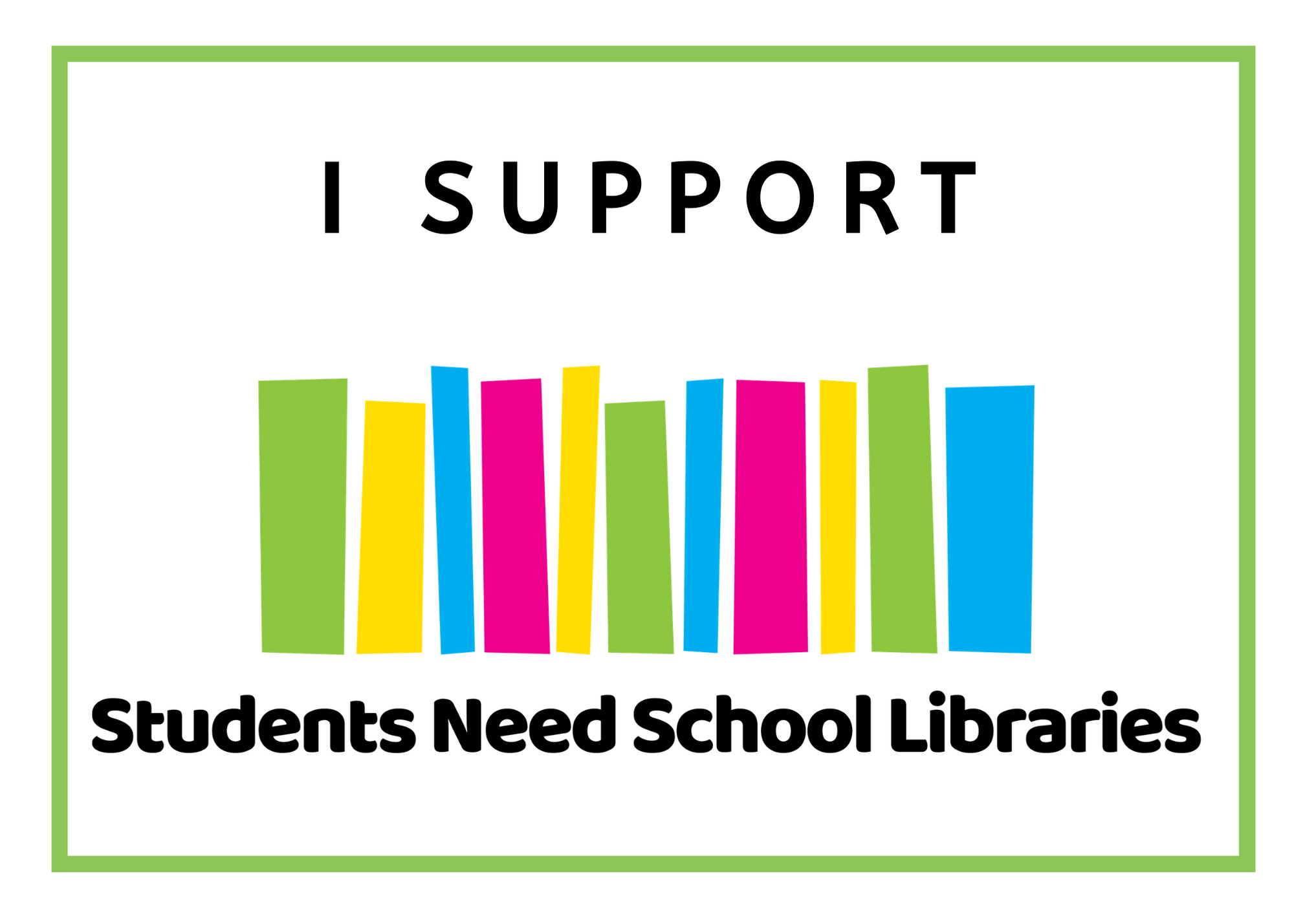Building A School Reading Culture – Part 7 Reading Culture Characteristics
Well, here we are, more than two years on from when I first started this journey investigating how to build a reading culture. I never could have imagined where this journey would take me.
I’ve looked at organisational culture research, culture change research and methodology, reading culture research, and tools for measure reading culture. I also used those tools to measure our reading culture starting point.
In my last post I shared my conclusion that not every school needs to have the same reading culture or one that aligns to traditional models of reading cultures. This came from the research into what typically defines a school with a strong reading culture and knowing that I would never be able to achieve these things. I knew the words reading would never be in my school vision statement, that mandated reading sessions and programs would never be applied across the school, across all subjects. However, I strongly feel that just because I can’t achieve those characteristics, doesn’t mean I am unable to build a strong reading culture, it just might look a little different from those researched case studies.
Instead, the characteristics that I would like to use to measure my school’s reading culture are Opportunity for reading; Encouragement, promotion and support for reading; Intrinsic motivation for reading; Reading engagement; and Reading choice. These are the characteristics that should be promoted and visible across the school and school library. They are the characteristics I will be directly targeting and the ones I will measure to see impact.
Opportunity for reading
- Provision of reading materials
- Provision of time for reading
- Allowing families to borrow so books are available at home
- Provision of a wide variety of reading formats, all valued and promoted
How to measure
- How many library lessons provided around reading? How much time is allocated to reading in each lesson?
- Reading time allocated in classes across subjects and the school.
- Number of resources, type of resources and loan statistics.
Encouragement, promotion and support for reading
- Promotion of reading for all types of readers
- Visibility and support for reading across the school and library
- All school staff as models of reading
- Programs, promotions and activities that support and encourage reading
How to measure
- Number of programs and promotions run and number of people involved
- Visibility of reading in classrooms and spaces within and outside of the library
- Numbers of staff promoting reading or identifying as a reader
Intrinsic motivation for reading
- Motivated readers making opportunities to read
- Motivated readers identifying as a reader
- Readers have the ability to choose what they want to read
- Positive community attitude to reading
- Readers have autonomy
How to measure
- Reading surveys about reading beliefs and reader identities
Reading engagement
- Students and staff engage regularly with reading for pleasure
How to measure
- Reading surveys about engagement with reading
- Loan statistics
- Observable reading behaviours
Choice and autonomy
- Ability to self select books to read
- Access to a wide variety of titles
- Spaces and platforms that make it easy for readers to select books
- Reader-driven collection development policy
How to measure
- Number of reader book requests
- Loan statistics
- Reader surveys about reading choices and preferences
- Observations of student behaviour in the shelves making selections
I have also started to explore what these characteristics look like and what a reading culture looks like in my specific school. While reading might not be mentioned in my school’s vision statement, I have focused on bringing those things mentioned in the vision statement and school purpose – creative thinking, global citizenship, entrepreneurship, and wellbeing – and how I support reading through these lenses and how they can be supported by reading. By demonstrating how integral reading is to these things at the heart of the school, I am placing reading right alongside them. I am also gaining support from my school leaders for the school library and reading and everything it takes to build a reading culture because they see all of that ultimately working to support the school’s vision and purpose. I don’t have to convince them that reading is important for its own sake, I just have to show them how important reading is for their interests and purposes and I am far more likely to bring them alongside me in supporting reading. I have done this by ensuring the school library’s vision and strategic plan mentions the same things the school’s vision and strategic plan mentions. I continue to demonstrate how the library is supporting each of the sections of the school’s purpose. I ensure that our collections directly and very visibly reflect these sections. I direct the library programming towards these areas. I continue to demonstrate to school leaders how these collections and programs support items in the school strategic plan.
In short, I am making reading a school priority because reading supports the school’s priority. And this is easy to do because of the many and wide range of benefits of reading. It is very easy to find the research that fits what you need it to. Wellbeing, identity, social and emotional learning, whatever it is that your school is focused on, reading will be a key way of achieving that for the students and staff.



Leave a Reply